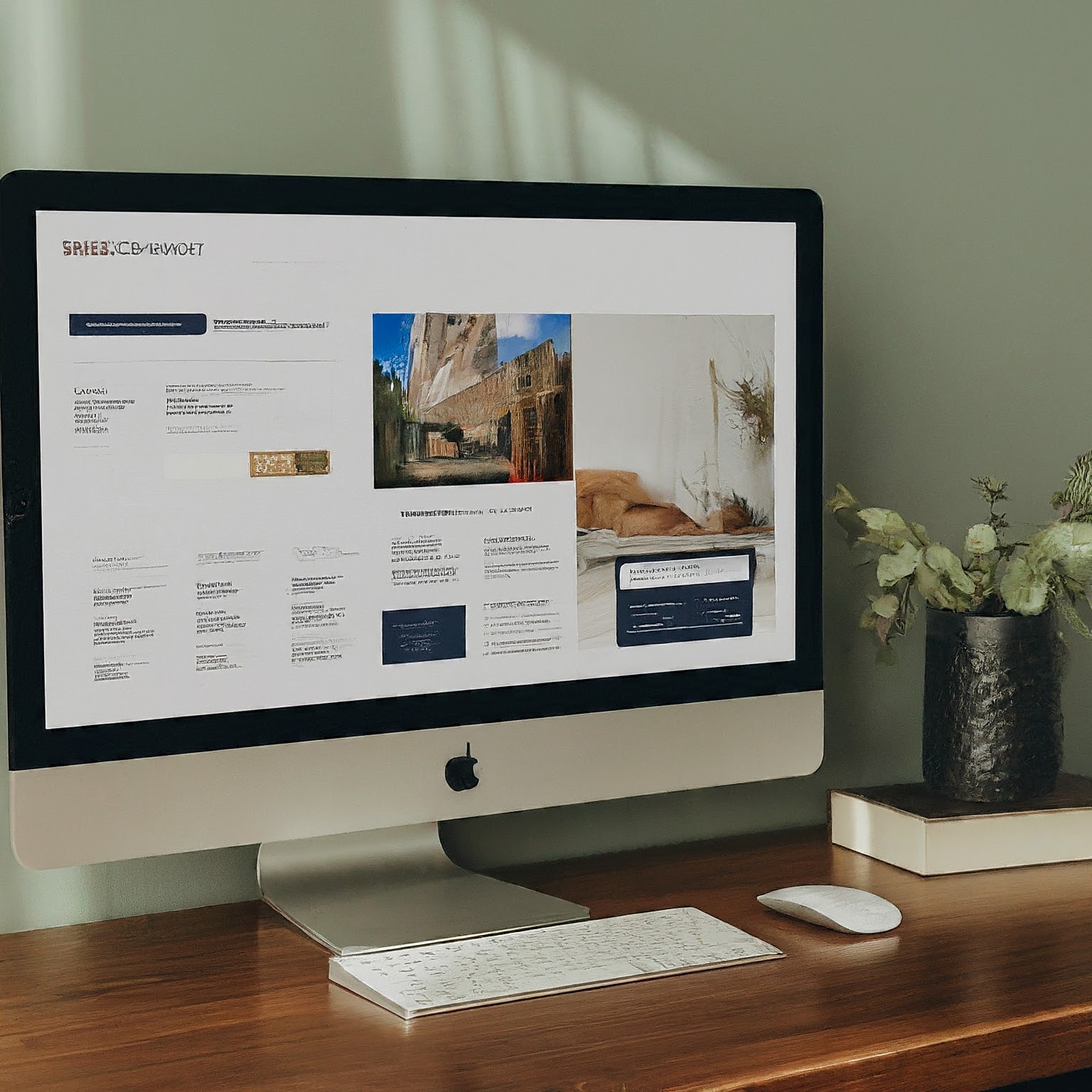Optimizing your Shopify store for the US market is essential for increasing visibility, attracting more customers, and boosting sales. With the right SEO strategies, you can ensure that your store ranks higher on search engine results pages (SERPs) and reaches your target audience effectively. In this comprehensive guide, we’ll cover the key aspects of optimizing your Shopify store for US SEO, including keyword research, on-page SEO, local SEO, and more.
Table of Contents
- Understanding US SEO
- Conducting Keyword Research
- On-Page SEO Optimization
- Title Tags
- Meta Descriptions
- Header Tags
- Image Optimization
- Internal Linking
- Local SEO for US Shopify Stores
- Google My Business
- Local Citations
- Reviews
- Technical SEO
- Site Speed
- Mobile-Friendliness
- XML Sitemap
- Robots.txt
- Content Marketing for US SEO
- Blogging
- Product Descriptions
- User-Generated Content
- Backlink Building Strategies
- Monitoring and Analytics
1. Understanding US SEO
Understanding the basics of SEO and how it applies to the US market is crucial. SEO (Search Engine Optimization) involves various strategies and techniques to improve your store’s visibility on search engines like Google. For US SEO, focus on:
- Targeting US-based keywords
- Optimizing for local search queries
- Considering US user behavior and preferences
2. Conducting Keyword Research
Keyword research is the foundation of any SEO strategy. It involves identifying the search terms your potential customers use. For the US market, you need to focus on keywords that are popular among US users.
- Use tools like Google Keyword Planner, SEMrush, and Ahrefs to find relevant keywords.
- Look for long-tail keywords specific to the US market (e.g., “best organic skincare products USA”).
- Analyze your competitors to see which keywords they are targeting.
3. On-Page SEO Optimization
On-page SEO involves optimizing individual pages on your Shopify store to rank higher and earn more relevant traffic. Here are key elements to focus on:
Title Tags
- Include primary keywords in your title tags.
- Keep titles under 60 characters.
- Make them compelling to increase click-through rates (CTR).
Meta Descriptions
- Write concise and informative meta descriptions (150-160 characters).
- Incorporate target keywords naturally.
- Use a call-to-action to entice users to click.
Header Tags
- Use H1 tags for main titles and H2, H3 tags for subheadings.
- Include keywords in your headers to signal relevance to search engines.
Image Optimization
- Use descriptive file names and alt text with keywords.
- Compress images to reduce load times.
Internal Linking
- Link related products and blog posts within your site.
- Use keyword-rich anchor text to enhance SEO.
4. Local SEO for US Shopify Stores
Local SEO helps your store appear in local search results, which is vital if you target customers in specific US regions.
Google My Business
- Create and optimize your Google My Business profile.
- Include accurate business information and keywords.
Local Citations
- List your store on local directories and citation sites.
- Ensure consistency in your business name, address, and phone number (NAP).
Reviews
- Encourage satisfied customers to leave positive reviews.
- Respond to reviews to show engagement and build trust.
5. Technical SEO
Technical SEO ensures that search engines can crawl and index your site efficiently.
Site Speed
- Optimize site speed by compressing images and using a content delivery network (CDN).
- Regularly test your site speed using tools like Google PageSpeed Insights.
Mobile-Friendliness
- Ensure your Shopify store is responsive and mobile-friendly.
- Use Google’s Mobile-Friendly Test tool to check your site.
XML Sitemap
- Submit an XML sitemap to Google Search Console.
- Ensure all important pages are included in the sitemap.
Robots.txt
- Use robots.txt to guide search engine crawlers.
- Block any pages you don’t want to be indexed.
6. Content Marketing for US SEO
Creating high-quality content helps attract and retain customers while boosting SEO.
Blogging
- Write blog posts targeting US-specific topics and keywords.
- Provide valuable information and insights relevant to your audience.
Product Descriptions
- Write unique and detailed product descriptions with keywords.
- Highlight the benefits and features that appeal to US customers.
User-Generated Content
- Encourage customers to share reviews, photos, and testimonials.
- Incorporate this content into your site for social proof.
7. Backlink Building Strategies
Backlinks from reputable sites signal to search engines that your site is trustworthy and authoritative.
- Reach out to industry influencers and bloggers for guest posting opportunities.
- Create shareable content (infographics, guides) that others will link to.
- Join relevant forums and communities to share your expertise and link back to your store.
8. Monitoring and Analytics
Regularly monitoring your SEO performance helps you make data-driven decisions.
- Use Google Analytics to track traffic, bounce rates, and conversions.
- Monitor keyword rankings with tools like SEMrush or Ahrefs.
- Adjust your strategies based on performance data.
By implementing these SEO strategies, you can optimize your Shopify store for the US market, attract more customers, and boost your online sales. Remember, SEO is an ongoing process, so regularly review and update your tactics to stay ahead of the competition.

